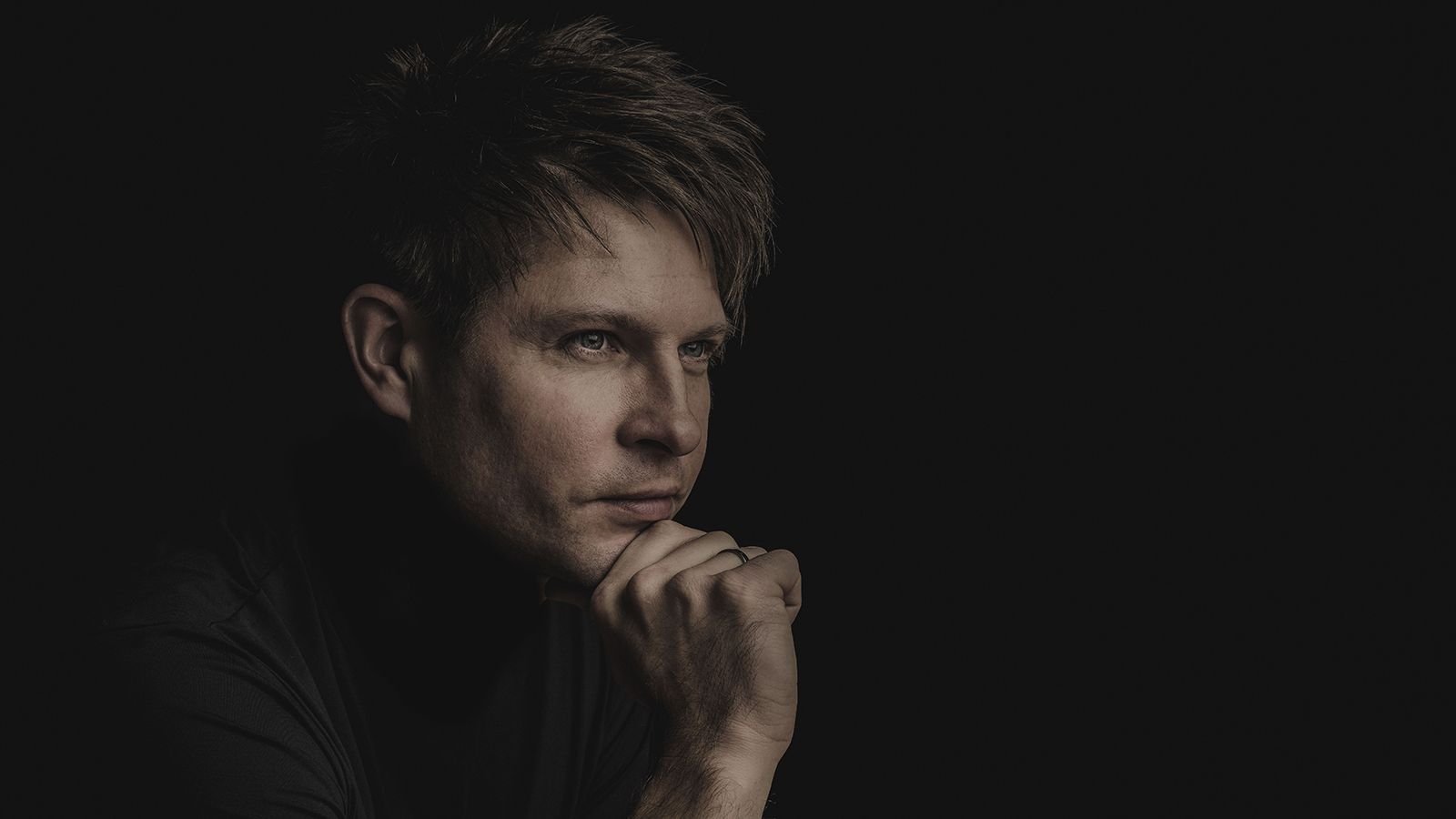Running in place, with nowhere to go

Tour cancelled, the NSO runs in place…
This week’s National Symphony Orchestra concerts were planned as tune-ups for a tour of Japan which, sadly, had to be scuttled due to health concerns. It’s a great pity, as the NSO is playing well under Gianandrea Noseda and deserves more international exposure. The orchestra will now have to come up suddenly with local events to fill the calendar (its next subscription concerts in the Kennedy Center aren’t until April).
Last night’s concert wasn’t the most cohesive – Samuel Barber’s “Essay No. 1,” the Tchaikovsky Violin Concerto, two pastiches of music from Tchaikovsky’s “Sleeping Beauty” ballet arranged by Stravinsky, and Stravinsky’s “Symphony in Three Movements” – but it offered intermittent pleasures. Barber’s talent faded precipitously in his later years, but the works he wrote from his early 20’s into his late 30’s are among the finest music America has ever produced. Both of his first two “Essays” are miniature masterpieces, and it amazes me that the last time the flagship orchestra in the nation’s capital did No. 1 was in 1977. Written during the Great Depression, the piece is yearning but terse, seeming to well up with nostalgia and loss before a middle section of light, bustling energy, thence to a darker denouement and an ambiguous ending. Noseda led a typically clean, thrusting performance.
Akiko Suwanai, soloist in the concerto, has a very impressive pedigree including top prizes in the Tchaikovsky, Queen Elizabeth, and Paganini competitions, recordings with major orchestras on Decca and Philips, and the use of the famous “Dolphin” Stradivarius formerly belonging to Jascha Heifetz. I have to say that her sheer projection is astounding; I’ve never heard a violinist fill the Kennedy Center’s Concert Hall with so much sound. Even in the Canzonetta, where Tchaikovsky directs the soloist to use a mute (ignored by some violinists), Suwanai soared above the orchestra. The quality was a different matter, though; her tone was pinched and metallic, intonation good but not great, and fast double-stop passagework sometimes smudged. It’s smart marketing, of course, to bring a Japanese soloist on a tour to that country, but the NSO could certainly have otherwise engaged a higher-caliber artist.
Like every professional orchestra, the NSO knows this piece cold (possibly the most frequently-heard concerto in the repertoire), and it handled the tiny tempo gear-shifts in the first movement flawlessly. Suwanai’s tempo in the Finale was almost breathless and it took Noseda a few bars to catch her, but overall the collaboration was, in itself, very fine.
I suppose it was a good thing that there was then an intermission and then a significant stretch of music (the ballet selections) before the NSO’s concertmaster, Nurit Bar-Josef, held forth in an extended solo of her own in the final number. Although somewhat covered by insensitive playing from the horns, we heard a quality of sound and depth of expression that eluded the evening’s guest artist, for all her soloistic brilliance. An unfortunate juxtaposition.
None of Stravinsky’s four works with the word “symphony” in the title are symphonic in any structural sense, and as still practiced by his contemporaries. The “Symphony in Three Movements” (could there even be a less useful title?) is a compilation of music for a film score and a stand-alone concertante work for piano and orchestra, both of which were abandoned. But when a commission came along from the New York Philharmonic, the composer pulled them out, added a third movement with an awkward fugue in the middle, and gave the thing a name. But quirky origins aside, the piece contains some delicious music and it too has been unjustly neglected here (last performance being 1986).
Noseda did not project the confidence here that we’ve come to expect. Some tempos were strangely flaccid in the first movement, and balances were often off. It wasn’t only a question of the brass and timpani burying everyone else (which of course they did). Many key lines in softer passages were simply not there as well, from the chugging bass clarinet at the end of the first movement, the crucial harp lines in the Andante, and string parts left and right. Perhaps because of the many meter-changes, Noseda spent more time watching the score than his musicians. So the piece still needed some playing-in, and with the tour gone, it looks like it won’t get it (the NSO is alternating the work with the Dvorak “New World” Symphony this weekend). It should certainly return before another 34 years pass.
Top photo: Akiko Suwanai, photo by Vedran Kocelj.





